If you want to snap DnD 5E across your knee, multiclassing is the way to do it. By choosing to level different classes on your climb to the top, you can mix and match class features that devastate foes.
However, few mechanics in DnD 5E are as scary as multiclassing. Taking other class levels means differing from your class and losing access to endgame mechanics. It’s a big dive into dangerous mechanics, but can lead to character builds that are rewarding mechanically and tell a much more diverse story than just “Level 20 Wizard.”
So, we’ll go over some major questions that come up when multiclassing and explain how the mechanic works in-depth.
How to multiclass in DnD 5E
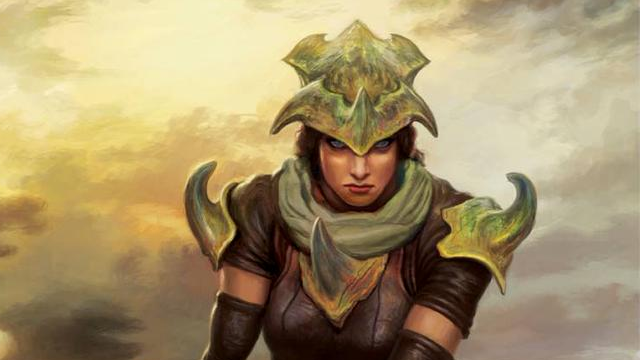
Any character in DnD 5e can multiclass whenever they level up by selecting another class whose prerequisites are met by the character. The character then gets starting proficiencies based on the class, rolls the class’s hit dice for their hit points, and gains the class’s features as if they took a fresh level in that class. You track multiclass levels separately, but character levels as a whole.
When you level up, you can make the choice to multiclass into any class you meet the prerequisites of. A few things do not change.
- Your proficiency bonus improves based on character level, not by class level. A level five Wizard has a plus-three proficiency bonus. A level three Wizard with two levels in Artificer (or Wizard 3/Artificer 2) also has a plus-three proficiency bonus, since both characters are level five.
- Your experience points are based on character level. You use your character level, not your individual class levels, to determine your
- Your hit dice are always equal to your class level. A level five Wizard has five hit dice, as does a Wizard 3/Artificer 2. However, the size of the hit dice differs based on the class levels you have.
The first level
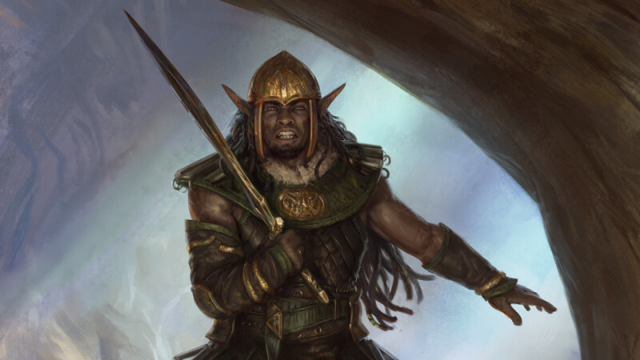
When you select a class’s first level, you must meet an ability score prerequisite of 13 for the class’s major stat. Then, you gain select proficiencies for taking the first level of that class. Afterward, you gain any class feature that the class gets at level one, including that class’s hit dice size.
The main difference between multiclassing and starting at level one is that you get reduced starting features. You also must meet an ability score prerequisite, unlike for your original class. These work like the following:
| Class | Ability Score Prerequisite | Starting Proficiencies |
| Artificer | INT 13 | Light armor, medium armor, shields, Thieves’ Tools, Tinker’s Tools |
| Barbarian | STR 13 | Shields, simple and martial weapons |
| Bard | CHA 13 | Light armor, one musical instrument, one skill |
| Cleric | WIS 13 | Light armor, medium armor, shields |
| Druid | WIS 13 | Light armor, medium armor, shields |
| Fighter | STR 13 or DEX 13 | Light armor, medium armor, shields, simple and martial weapons |
| Monk | DEX 13 and WIS 13 | Simple weapons, Shortswords |
| Paladin | STR 13 and CHA 13 | Light armor, medium armor, shields, simple and martial weapons |
| Ranger | DEX 13 and WIS 13 | Light armor, medium armor, shields, simple and martial weapons, one skill from the Ranger’s class skill list |
| Rogue | DEX 13 | Light armor, Thieves’ Tools, one skill from the Rogue’s class list |
| Sorcerer | CHA 13 | Nothing. |
| Warlock | CHA 13 | Light armor, simple weapons |
| Wizard | INT 13 | Nothing |
After your base proficiencies, you also get any Feature from their first level. For example, if Ruby the Wizard multiclasses into Fighter, she gets proficiency in Light armor, medium armor, shields, and all weapons.
She rolls a d10, or takes the average of six, to determine her health for that level and adds a d10 to her pool of hit dice to roll during short rests. She must keep her Wizard d6s and Fighter d10s separate so she knows how much she can heal during her short rests.
Then, she also gets a Fighting Style of her choice and the Second Wind feature. Her Fighter level is one, so Second Wind just heals for 1d10+1.
Any level afterwards
After the first level, you gain all the features of the class as if you had started with that class. This includes hit dice.
After level one, you will never again have reduced features—you will get all of the benefits of putting a level into that class. For example, Ruby the Wizard gets her second Fighter level. She gets Action Surge, completely unimpeded. She also gets another d10 hit dice for hit point and healing purposes.
Spellcasting with multiple classes
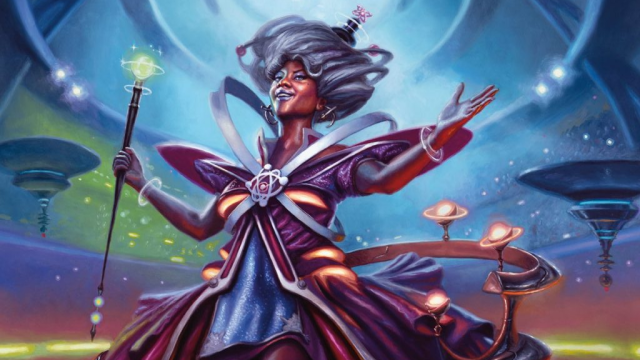
If you choose two characters with spells, you learn spells from the class as if you did not have any levels in the other class. However, you add class levels together to determine the number of spell slots you have available to you.
Some classes, like the Artificer, Paladin, or Ranger, add half of their class levels for spell slots. And some subclasses that gain spellcasting—specifically Eldritch Knights and Arcane Tricksters—add one-third of their levels.
Spells known are based on your class. A Wizard 10/Sorcerer 10 would know spells based on their spellbook as well as the 11 spells that they know from their Sorcerer levels. They would be able to prepare spells equal to 10 plus their Intelligence modifier from their spellbook alongside their 11 spells from their Sorcerer level.
You use the DC of the class that you learn the spell from to determine spell save DC. For example, a Bard 1/Cleric 1/Wizard 1 might use Charisma to determine the DC of Dissonant Whispers, Wisdom to determine the extra healing of Healing Word, and Intelligence to raise the attack roll of Chromatic Orb.
Thankfully, spell slots are universal. A Wizard 10/Sorcerer 10 has the same number of spell slots as a Wizard 20. They also get their spell slots on the same progression, since it is based on caster level rather than being individual classes.
However, not all classes contribute to spell slots the same. Mainly:
- If your class offers no Spellcasting class feature, it does not contribute to spell slots at all. A Wizard 5/Barbarian 5 has the spell slots of a fifth-level Wizard.
- Artificers add half of their class levels, rounded up. An Artificer 5/Wizard 5 has the spell slots like an eighth-level Wizard—five from Wizard and three from their five Artificer levels.
- Paladins and Rangers add half of their class levels, rounded down. A Cleric 5/Ranger 5 has the spell slots of a seventh-level Cleric: five from Cleric and two from their Ranger levels.
- If a subclass gives up to fourth-level spells normally, they add one-third of their class levels to spellcasting, rounded down, for a multi-classed character. A Wizard 5/Arcane Trickster Rogue 5 has the spell slots of a sixth-level Wizard—five from Wizard and one from Arcane Trickster. If they become a sixth-level Rogue, they instead have the spell slots of a seventh-level Wizard.
You will often not learn spells of the highest level you can cast. In that case, it’s a good idea to learn spells that can upcast into higher levels effectively, such as Hold Person or Scorching Ray.
Cantrips
Cantrips are class-based and work entirely separately from your spell slots. You learn cantrips based on your class and can cast them from your class.
For example, a Wizard 5/Sorcerer 5 knows four cantrips from Wizard and five cantrips from Sorcerer. They can cast all nine cantrips without a problem, using Intelligence for the four from Wizard and Charisma for the Sorcerer’s five.
Warlocks and multiclassing

Warlocks have a separate pool of magic called Pact Magic. You do not add Warlock levels to your caster levels to determine spell slots. You must instead keep track of your Pact Magic spell slots and your other caster spell slots. But, you can use Pact Magic to cast spells from your other spell lists and can use your normal spell slots to cast Warlock spells.
A Warlock 5/Sorcerer 5 has the spell slots of a fifth-level Sorcerer and two third-level spell slots that recharge on short rests. However, he can cast Armor of Agathys from his Warlock spell list using a first-level Sorcerer spell, and he can cast Haste from his Sorcerer spells known by using a Warlock spell slot.
As usual for casting, where you learned the spell determines what ability score you use for the spell save DC. For example, a Wizard 1/Warlock 1 casts Tasha’s Hideous Laughter. If they learned it from their Wizard spells known, they use Intelligence, even when casting it through Pact Magic spell slots. If they learned it from their Warlock spells known, they use Charisma, even when casting it using the spell slots they get from their Wizard levels.
Class abilities that are shared and multiclassing
Does Channel Divinity stack?
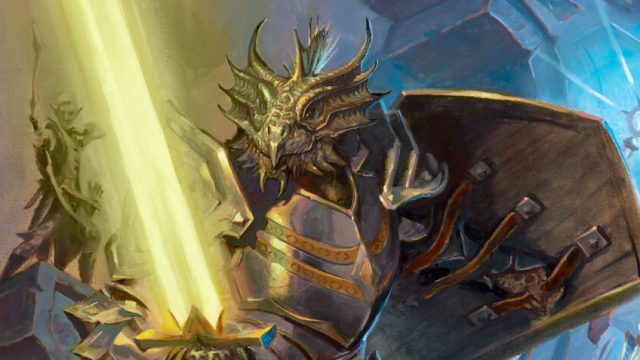
Channel Divinity does not stack. You instead get to use your charges of Channel Divinity on any option from your Cleric or Paladin levels.
A War Cleric 2/Vengeance Paladin 3 has one use of Channel Divinity. However, when they use it, they can choose between Turn Undead, Guided Strike, Abjure Enemy, or Vow of Enmity.
In addition, Clerics can get multiple uses of Channel Divinity, specifically at levels six and 18. Through this method, it is possible to have multiple uses of Channel Divinity as a Paladin.
Does Extra Attack stack?
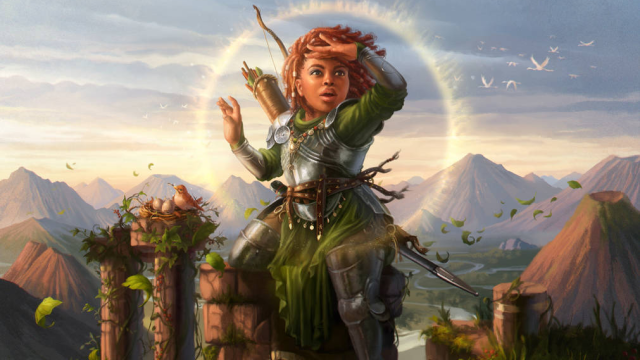
Extra Attack does not stack outside of the Fighter Extra Attack (2) and Extra Attack (3) features. A Fighter 5/Barbarian 5 does not get to swing three times.
The wording of Extra Attack states that the character “can attack twice, instead of once, whenever you take the Attack action on your turn.” Unfortunately, this is universal and never stacks with itself. A Fighter 5/Barbarian 5 has two class abilities that state that they can attack twice, which is useless.
This is why it’s rare that a character will take two classes with Extra Attack to level five; it is kind of a waste of a class feature.
Does Unarmored Defense stack?
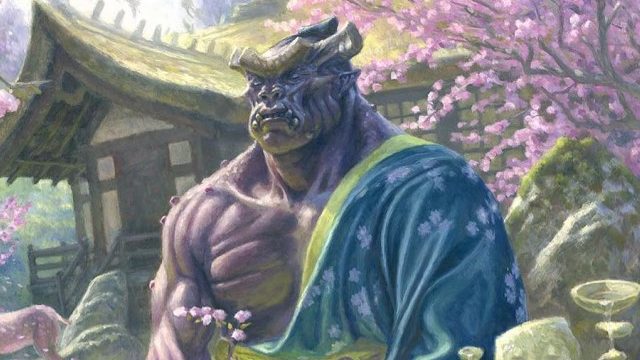
You actually cannot get two uses of Unarmored Defense. According to the Player’s Handbook, once you have a feature labeled Unarmored Defense, you can’t gain it again from another class.
The most common place this occurs is for the Barbarian/Monk multiclass. By the rules, you only get the first one that you encounter: A Barbarian who levels into Monk only gets to add Constitution to AC and a Monk leveling into Barbarian only gets Wisdom.
It is a common house rule that a player may instead get both features, but must choose between Unarmored Defense options to determine their AC. In this case, the Barbarian/Monk could use 10 plus Dexterity plus Constitution or 10 plus Dexterity plus Wisdom. However, there is no case where they can add both Constitution and Wisdom to their AC.


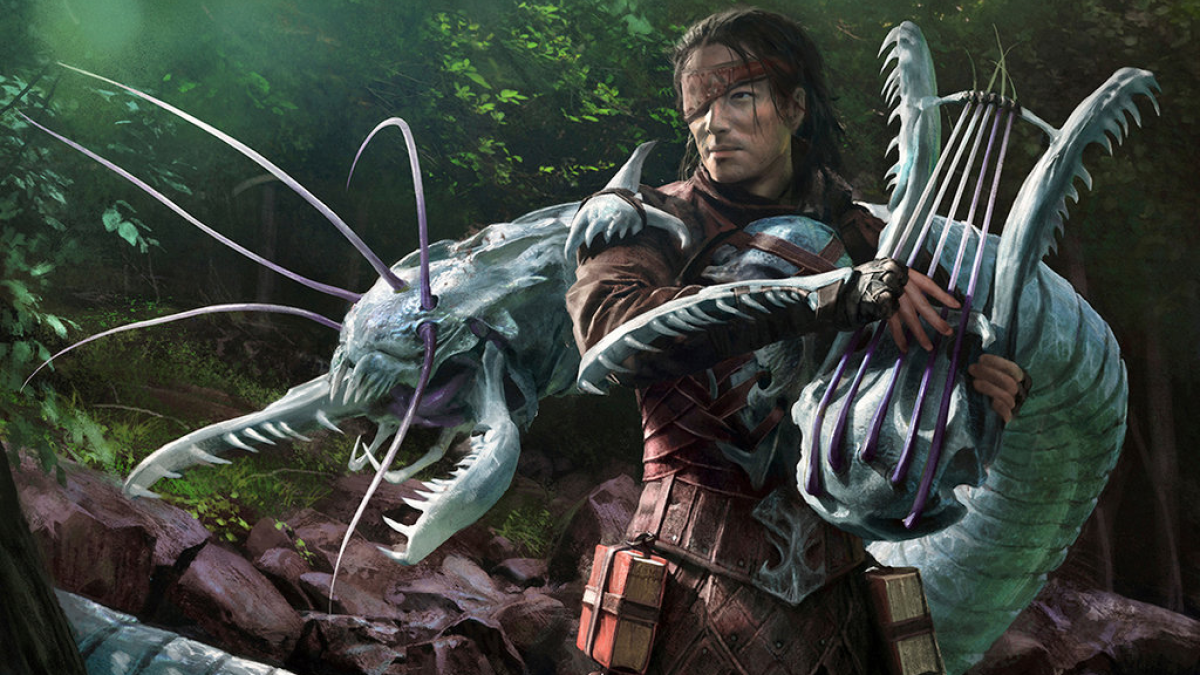

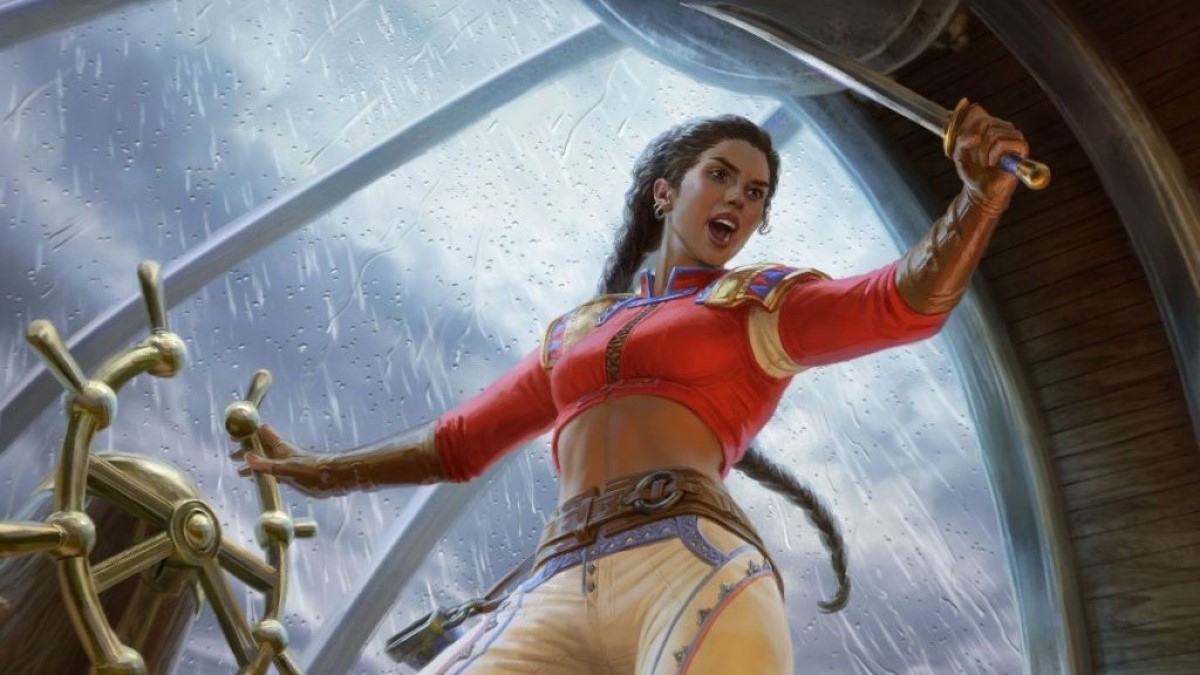
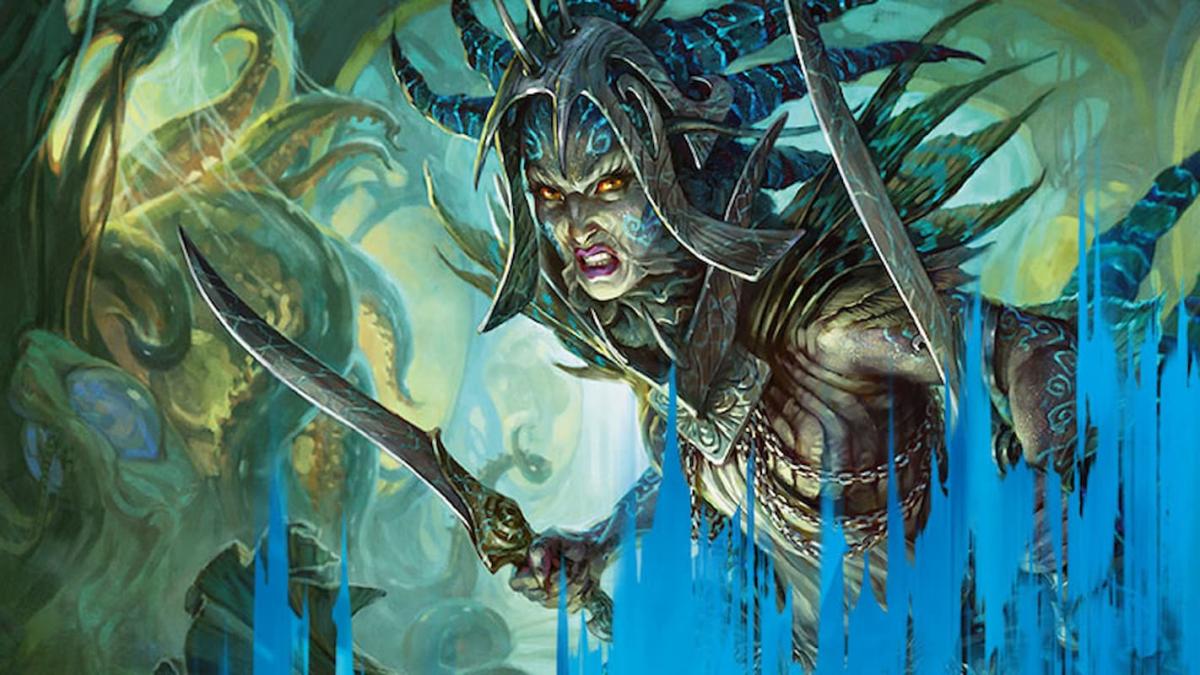
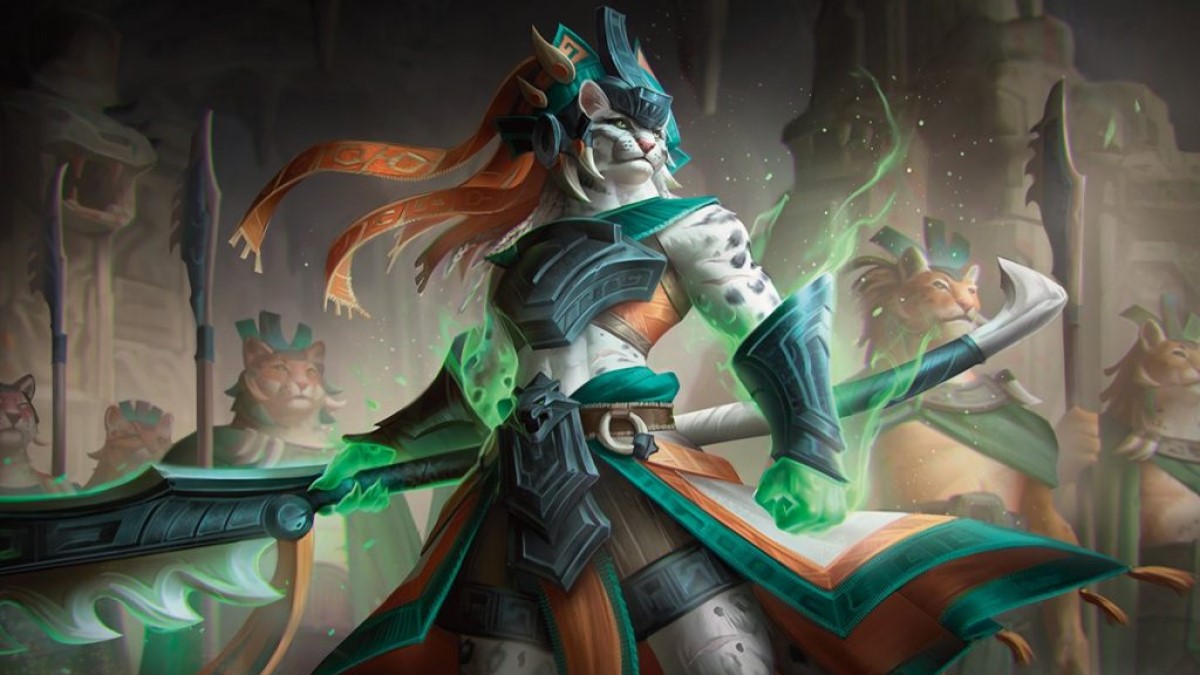
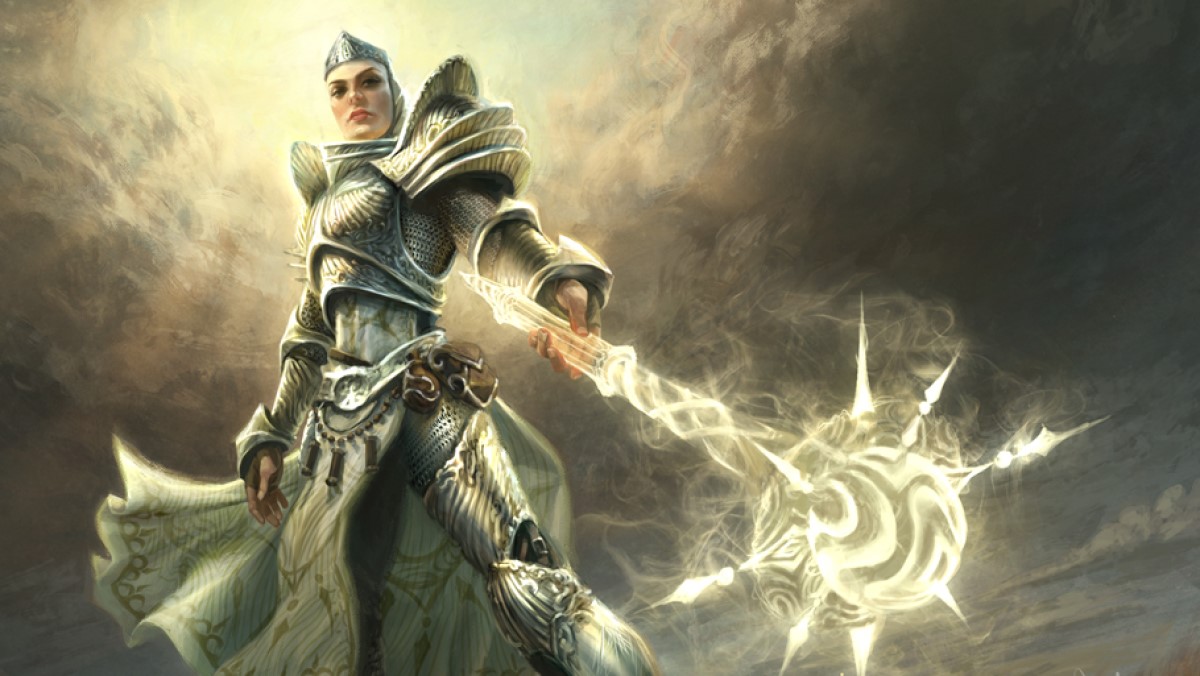




Published: Nov 4, 2023 11:18 pm